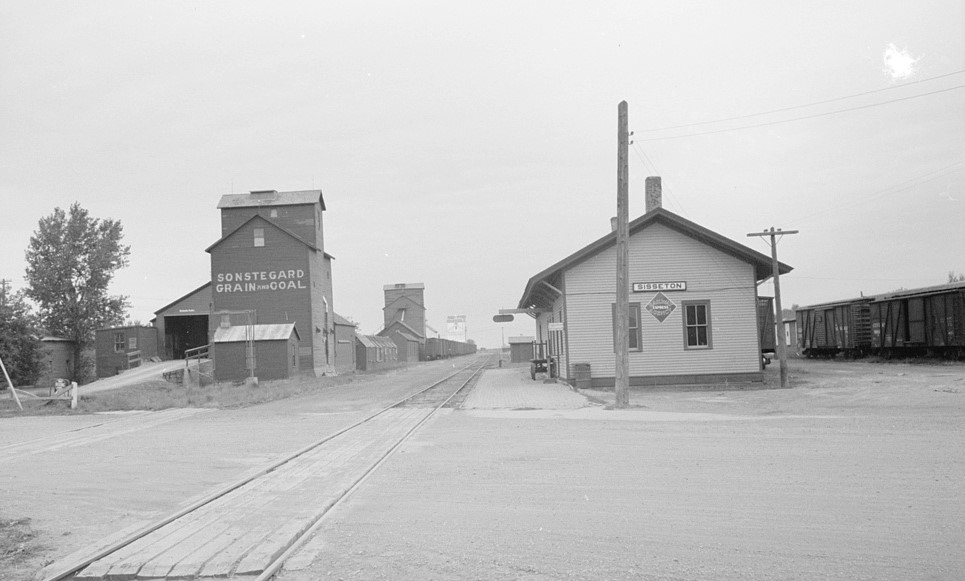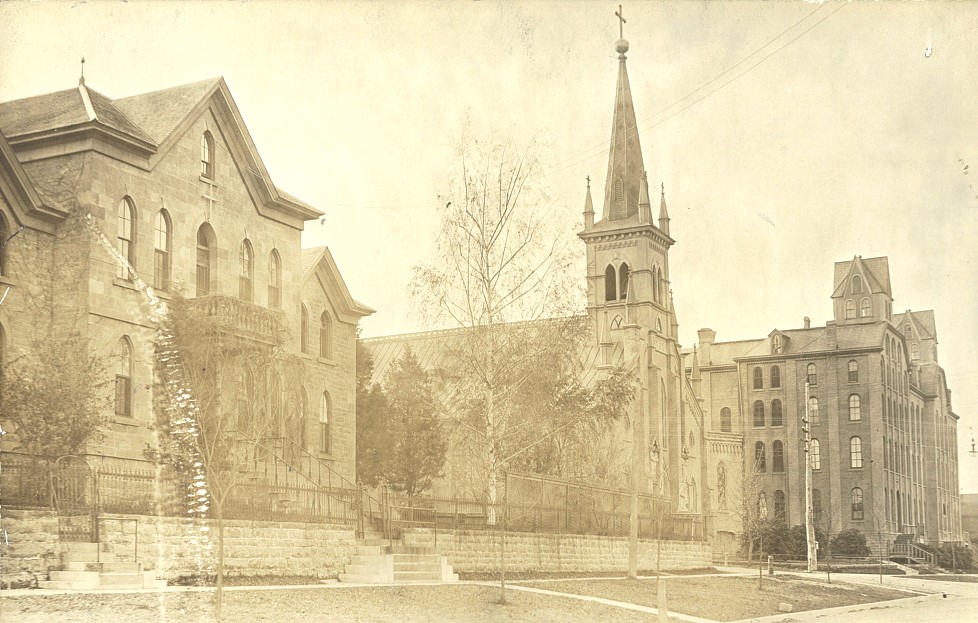The North Central Plains states of Iowa, Minnesota, Nebraska, North Dakota, and South Dakota offer a rich genealogical landscape shaped by frontier settlement, agricultural growth, and vibrant immigrant communities. From Scandinavian homesteaders in the prairies to Czech and German families establishing tight-knit farming towns, this region preserves the legacy of those who transformed open land into enduring communities.
These states feature some of the most robust land, church, and immigration records in the country. With early statehood, organized townships, and a strong tradition of civil recordkeeping, the North Central region holds vital clues for building a complete family history.

Genealogical research in the North Central region is deeply tied to the westward expansion and agrarian development of the 19th and early 20th centuries. Following the Louisiana Purchase and the passage of the Homestead Act of 1862, thousands of families migrated to the northern plains in search of land and opportunity.
Iowa and Minnesota, with their fertile river valleys and proximity to established trade routes, attracted early settlers in the 1830s and 1840s. As territories became states—Iowa in 1846, Minnesota in 1858, Nebraska in 1867, and the Dakotas in 1889—communities grew rapidly. Land offices, surveyors, and county clerks documented these transformations with precision.
Many settlers came from Germany, Norway, Sweden, Bohemia (now the Czech Republic), and Luxembourg. Immigration peaked between 1860 and 1920, shaping everything from local customs to church affiliations. Catholic and Lutheran parishes formed the social core of many towns, keeping baptism, marriage, and burial records in both English and native languages. These records often include not only dates and names but also hometowns in Europe, offering crucial leads for transatlantic research.

Railroads further fueled the growth of the region. Towns sprang up along tracks laid by the Milwaukee Road, Great Northern, and Union Pacific railways. Immigrant labor camps, railroad land sales, and company-sponsored colonies left behind detailed employment logs, plat maps, and passenger records.
The region also became a destination for Civil War veterans seeking land grants, for freed African American families establishing self-sufficient communities, and for Eastern Europeans fleeing political upheaval. These migration waves layered diverse experiences across the landscape, all documented in court cases, military pensions, land claims, and naturalization petitions.
The agricultural identity of the North Central region was cemented by the Homestead Act of 1862, which opened vast tracts of federal land to settlers willing to build a life on the prairie. Under the terms of the act, U.S. citizens and immigrants could claim 160 acres by residing on and cultivating the land for five years. This transformative legislation led to the mass migration of families into what are now Iowa, Minnesota, Nebraska, North Dakota, and South Dakota.
Homesteaders braved harsh winters, built sod houses, and established close-knit farming communities from scratch. They laid the foundations of rural schools, churches, and township governments, generating records that remain vital to genealogists. The act also spurred the creation of local land offices, which recorded every transaction, dispute, and patent issued. These records, maintained by the Bureau of Land Management and often replicated in county courthouses, provide detailed insight into family movement, land boundaries, and intergenerational inheritance.
The Homestead Act also intersected with immigration policy, encouraging newcomers from Scandinavia, Germany, Bohemia, and Russia to settle in the heartland. These immigrants frequently formed ethnically homogeneous farming settlements that maintained their languages, traditions, and religious affiliations. Lutheran, Catholic, and Reformed congregations became the center of community life and preserved detailed sacramental records in both English and their native tongues.
As a result of these developments, the North Central Plains are exceptionally rich in agricultural, religious, and civic records spanning from the mid-19th century to the present.

Vital records in the North Central states were often recorded at the county level well before statewide systems took effect. This makes local courthouses, churches, and historical societies essential starting points for genealogists.
County registers typically include birth, marriage, and death certificates, probate files, land deeds, and tax assessments. Many also maintain plat books, township maps, and family surname files. Lutheran, Catholic, Moravian, and Methodist congregations documented community life through pastoral records, school enrollment lists, and confirmation registers.
Census schedules, beginning in 1850 for most of the region, offer a decade-by-decade snapshot of household composition, birthplace, occupation, and property values. Several states also conducted state censuses in off-decade years (e.g., 1885, 1895, 1905), adding greater resolution to family timelines.Other valuable resources include:
Digitization efforts have made many of these records accessible online, but researchers will still find treasures in town halls, church basements, and local museums.
.png)
Iowa was a gateway to the West and home to early German, Irish, and Scandinavian communities. Researchers will find strong courthouse records, early Lutheran and Catholic archives, and well-indexed land deeds. The State Historical Society of Iowa has extensive manuscript collections.
Minnesota offers detailed township records, strong Scandinavian church archives, and vibrant immigrant newspapers. St. Paul and Minneapolis are particularly strong for Catholic, Lutheran, and Jewish genealogical collections.
Nebraska played a central role in westward migration. The Nebraska State Historical Society and various county courthouses house land grants, homestead claims, and naturalization papers documenting settlers from Germany, Bohemia, and the American South.
North Dakota preserves strong county records from its territorial era. Norwegians, Germans from Russia, and Métis families from Canada left distinct documentary footprints in land claims, parish registers, and bilingual newspapers.
South Dakota has a rich history of Lakota and Dakota Sioux records, along with German, Czech, and Scandinavian settlement. Missionary records, school censuses, and WPA oral history transcripts provide depth and context to standard genealogical sources.
In the North Central Plains, local archives often preserve more than just official documents. Community histories, centennial publications, and compiled family genealogies are common in town libraries and county museums. These sources may contain interviews, photo collections, and cemetery listings that have never been digitized.
Ethnic heritage centers—such as Czech halls, Scandinavian museums, and German-American clubs—often maintain community rosters, church registries, and reunion books with surnames indexed across generations. These archives are particularly helpful when trying to bridge immigration records with American records.
Because many immigrants preserved old-world naming customs or changed names upon arrival, linguistic familiarity can help decipher records in Norwegian Gothic script, German Kurrent handwriting, or Czech-language newspapers.
Researchers should also explore land use surveys, soil maps, and cooperative extension bulletins for insight into the agricultural lives of their ancestors.

Whether your ancestors arrived with the Homestead Act, established prairie churches, or worked the railroads, the North Central states provide a wealth of genealogical documentation. These communities valued local history and recordkeeping, ensuring that family stories—however humble—were preserved.
Tracing roots in Iowa, Minnesota, Nebraska, North Dakota, and South Dakota means following the path of America’s farmers, builders, and dreamers.
Let us explore the heartland’s archives and uncover the records that tell your family’s story for you today. From county courthouses to immigrant newsletters, the North Central Plains are waiting to reveal your past—one generation at a time.
Contact Trace today to get started!
Unlock more of your ancestry with our specialized research services in the locations listed below: